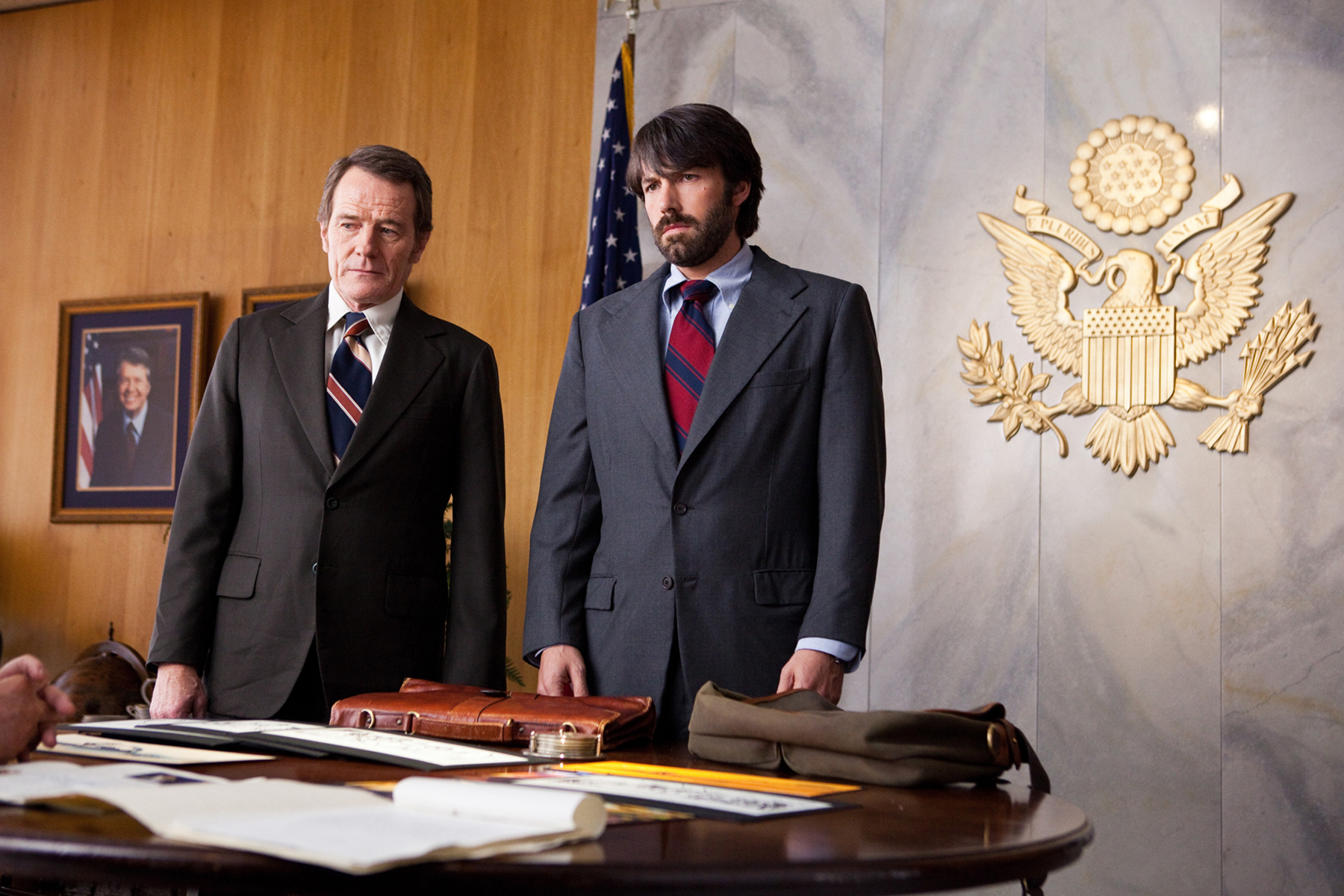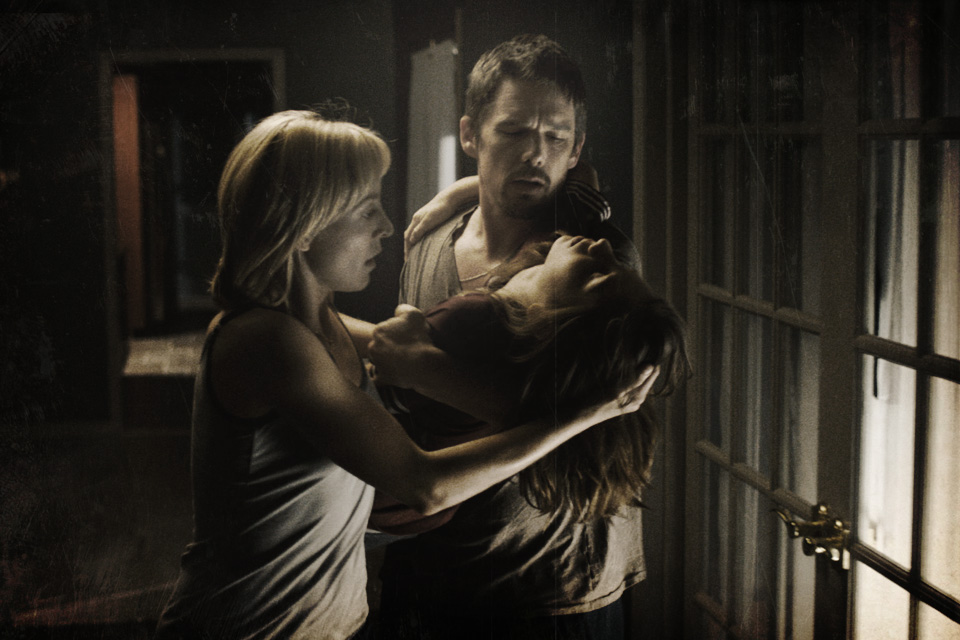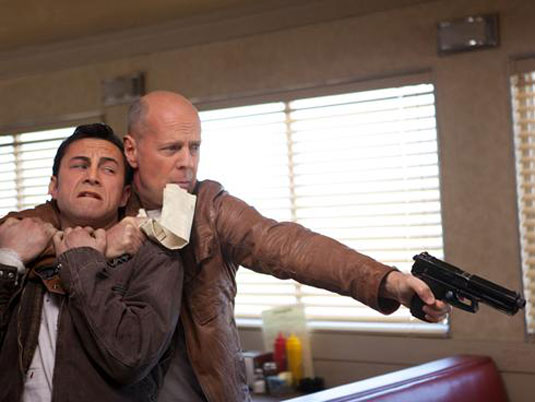"Argo"
Written by Chris Terrio
Written by Chris Terrio
Directed by Ben Affleck
Starring Ben Affleck, Bryan Cranston, John Goodman, Alan Arkin
Rated R
120 Minutes
Here is
another example of a great film whose director is only on his third
feature. Following Rian Johnson’s “Looper,”
Ben Affleck emerges with “Argo,” almost certainly a contender for best picture,
and surprisingly, one that doesn’t feel like obvious Oscar bait. That Affleck pulls double duty here by
starring is also impressive; this feels like a man in his element and the
result is one of the best pictures so far this year.
Ben Affleck
has always been an actor with considerable skill, but since he has stepped
behind the camera, first with “Gone Baby Gone” and “The Town” and now with “Argo,”
he has proven himself a master talent. “Argo”
also proves that he excels at material that isn’t set in his hometown of Boston
and I wouldn’t be surprised if this puts him in extremely high demand for
directing any number of features for Warner Brothers. One of the pleasures of “Argo” is its
simplicity; it takes a historical event, sidesteps any complicated political
mumbo jumbo, and tells a thrilling and suspenseful story that is easy to
understand.
The backdrop
for the story is the Iranian hostage crisis of 1979; after America takes custody
of an Iranian war criminal, the U.S. Embassy in Tehran is stormed and 50 plus
people are taken hostage. Six Americans
escape out a back door and take refuge in the Canadian Ambassador’s (Victor Garber) home. After 69 days of Iranian
troops going door to door looking for Americans, the CIA decides it's time to
get them out. Bryan Cranston plays a CIA
bigwig named Jack O’Donnell, who enlists the “exfiltration specialist”
expertise of Tony Mendez (Ben Affleck).
Mendez shoots down the CIA’s bright ideas for rescuing them in favor of
a far more absurd one; pretend he’s a big-shot Canadian movie producer who
flies into Iran scouting for exotic movie locations while the hostages stand in
as his Canadian film crew. Then they’ll
all fly out together with Hollywood-issued cover IDs.
The film’s
first act echoes the zaniness of this idea with a screenplay that is
refreshingly snappy and relevant. John
Goodman plays make-up legend John Chambers, who takes Mendez to meet Lester
Siegel (Alan Arkin), the only producer crazy enough to go for their idea. “If I’m making a fake movie, it’s gonna be a
fake hit” he gleefully states. They
spend some time cooking up an entire paper trail and budget for a bottom-shelf
sci-fi movie called “Argo” and try to get the Government to go along with it. The CIA shows reluctance to the concept but
Mendez rightfully asserts that there isn’t a single believable reason for six
Canadians to be in Iran during a hostage crisis. In one scene, Phillip Baker Hall shows up to
question the bad idea. “We only have bad
ideas,” Mendez tells him.
What makes “Argo” so compelling is that there isn’t a single scene that feels wasted. Affleck assuredly balances what is
essentially a talky espionage feature with enough tension to make the final act
hold you in constant suspense. Of course
the cockamamie scheme worked, history tells us that. But this will be the first time that many are
introduced to the story, and I think Affleck knows that. The bulk of the narrative is mostly free of
action, but the pacing is spot-on and tension comes from brilliant editing that
cross-cuts to different locations to show us that the events in one place
vitally depend on the events in another.
If “Argo” has
a shortcoming, it’s that the six hostages don’t feel fully fleshed-out as
characters. But they are essentially
learning new identities within the film so this may be intentional. In any case, “Argo” is more concerned with
the situation and circumstances and provides a wonderful cinematic experience
in that regard. The absurdity of the
plot engagingly reflects the realization that this idea actually worked. It kind of makes me curious what Iran thinks
about the movie. Maybe they won’t allow it
in their theatres for fear of embarrassment.
One thing is for sure; they won’t be letting movie crews over for
location scouting anytime soon.



